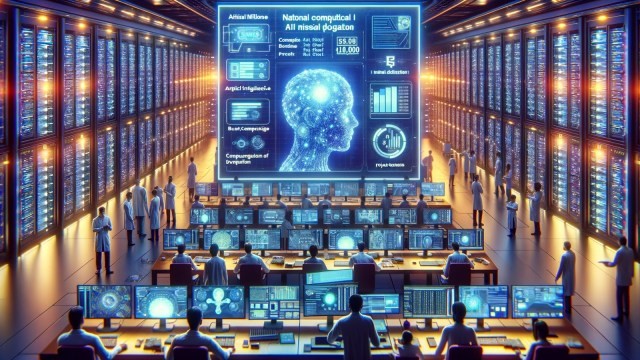Free Courses Sale ends Soon, Get It Now


Free Courses Sale ends Soon, Get It Now



Disclaimer: Copyright infringement not intended.
Context
Details
Objectives
Challenges Addressed
Comparison with Global Practices
India's Plan for AI Computing Capacity
Objectives:
Key Features:
Financial Allocation:
Implementation Process:
Government's Role:
Proposals Beyond Hardware in IndiaAI Mission
Alignment with Government's Overall Policy
Regulatory Landscape for AI in Different Countries
Key Aspects of AI Regulation
MUST READ ARTICLES:
https://www.iasgyan.in/daily-current-affairs/indian-govts-ai-roadmap
https://www.iasgyan.in/daily-current-affairs/sovereign-artificial-intelligence
|
PRACTICE QUESTION Q. The IndiaAI Mission represents a strategic initiative to address India's AI computing hardware shortcomings. Comment. (150 words) |
© 2024 iasgyan. All right reserved